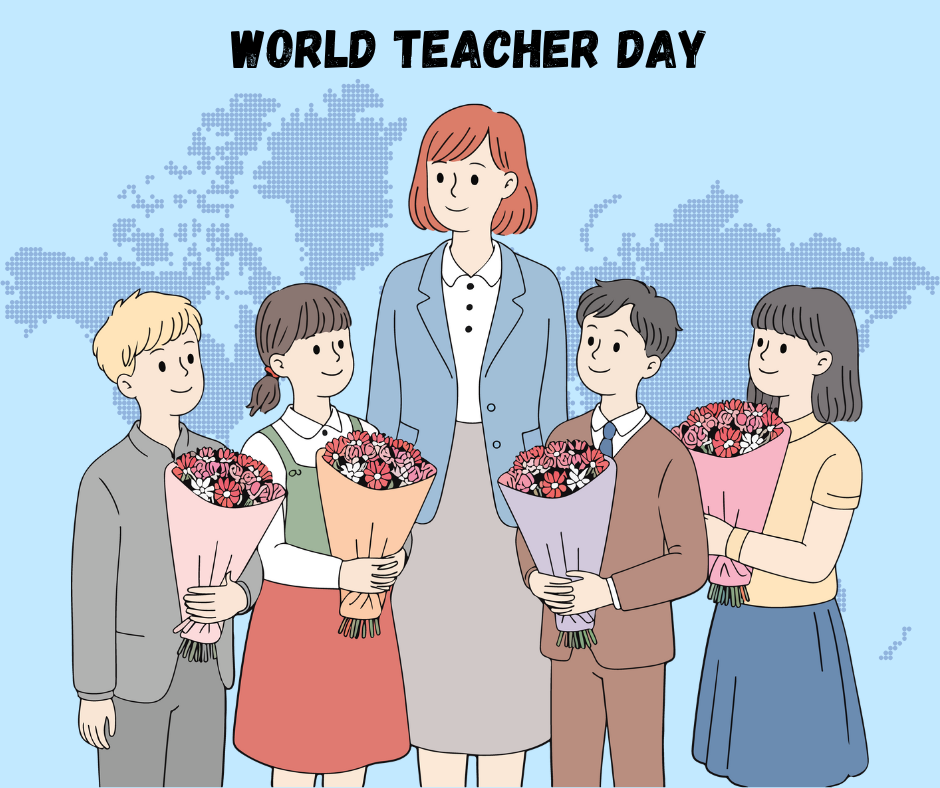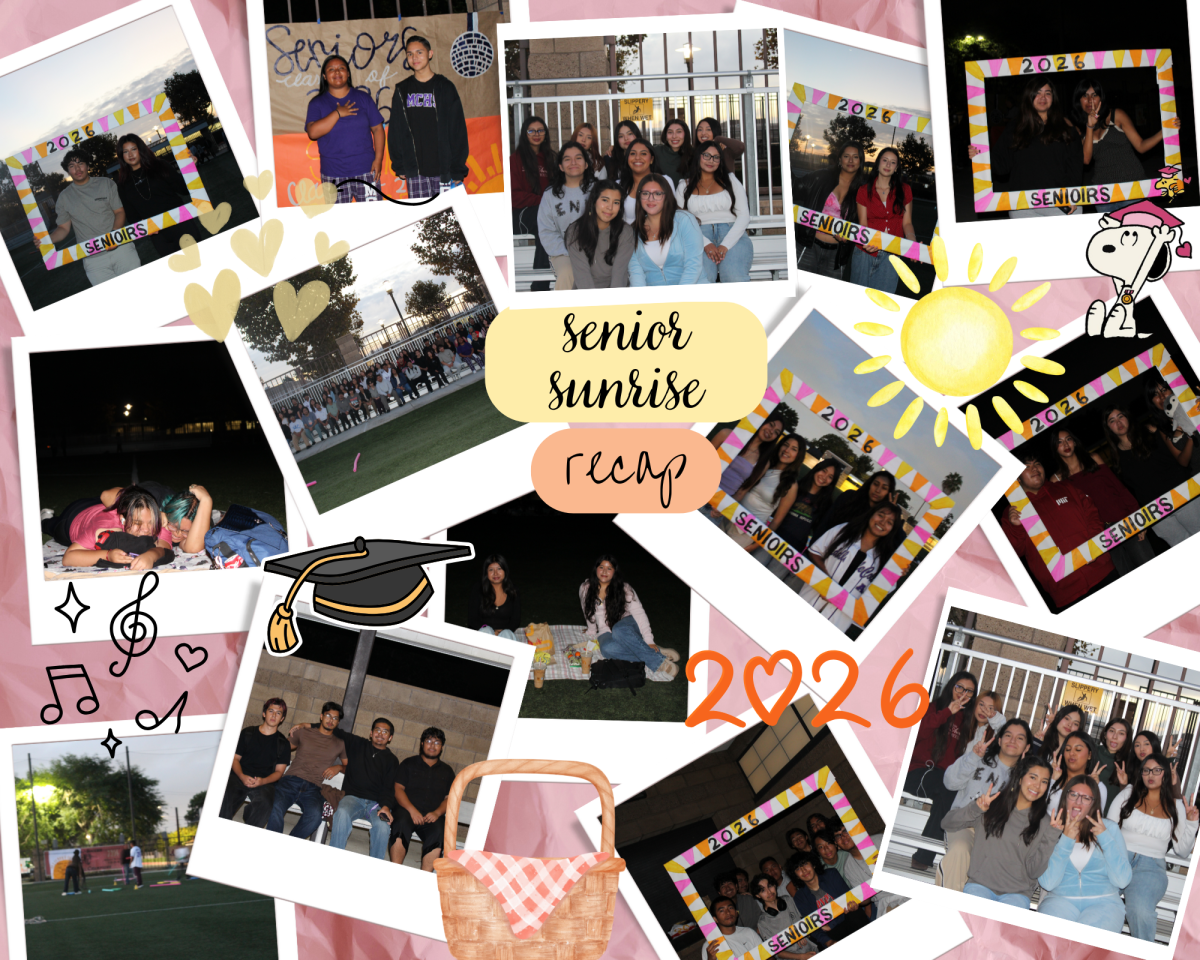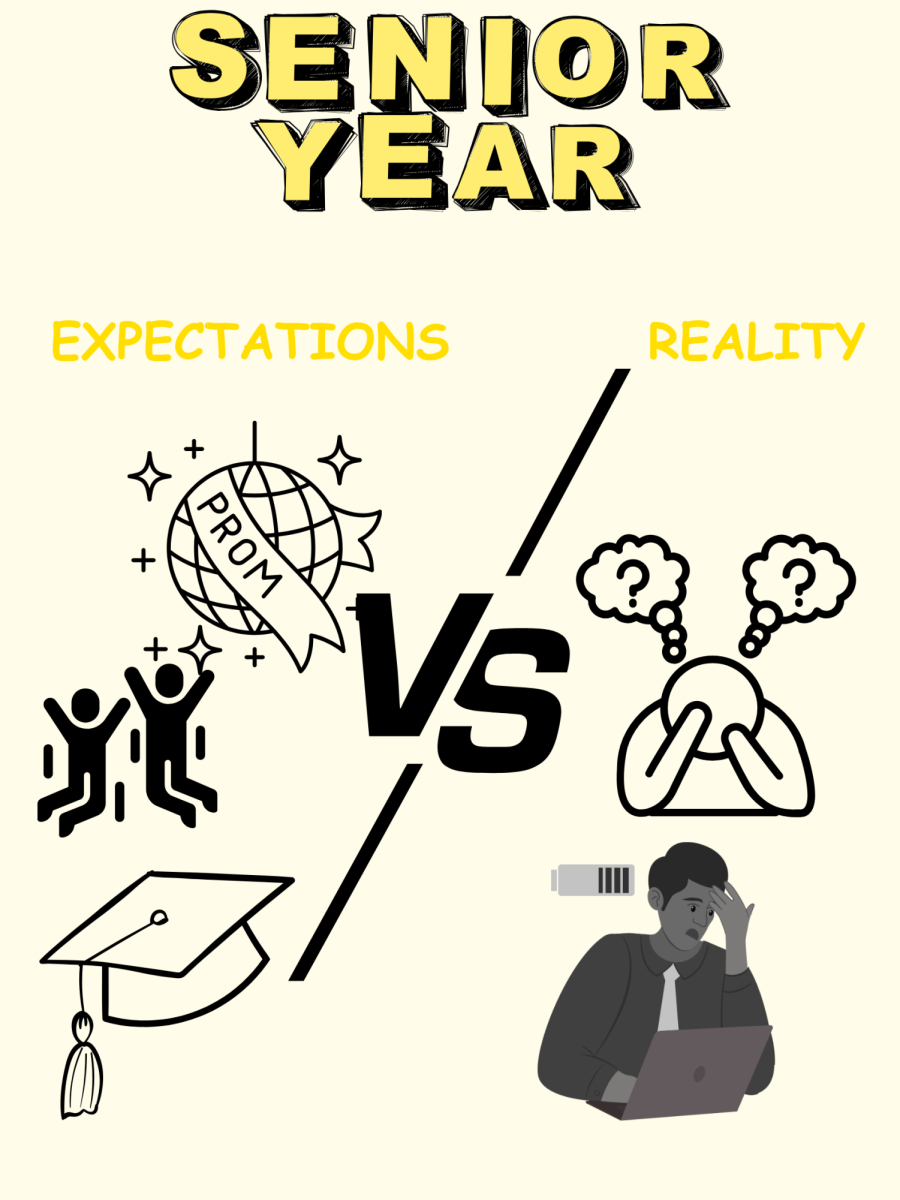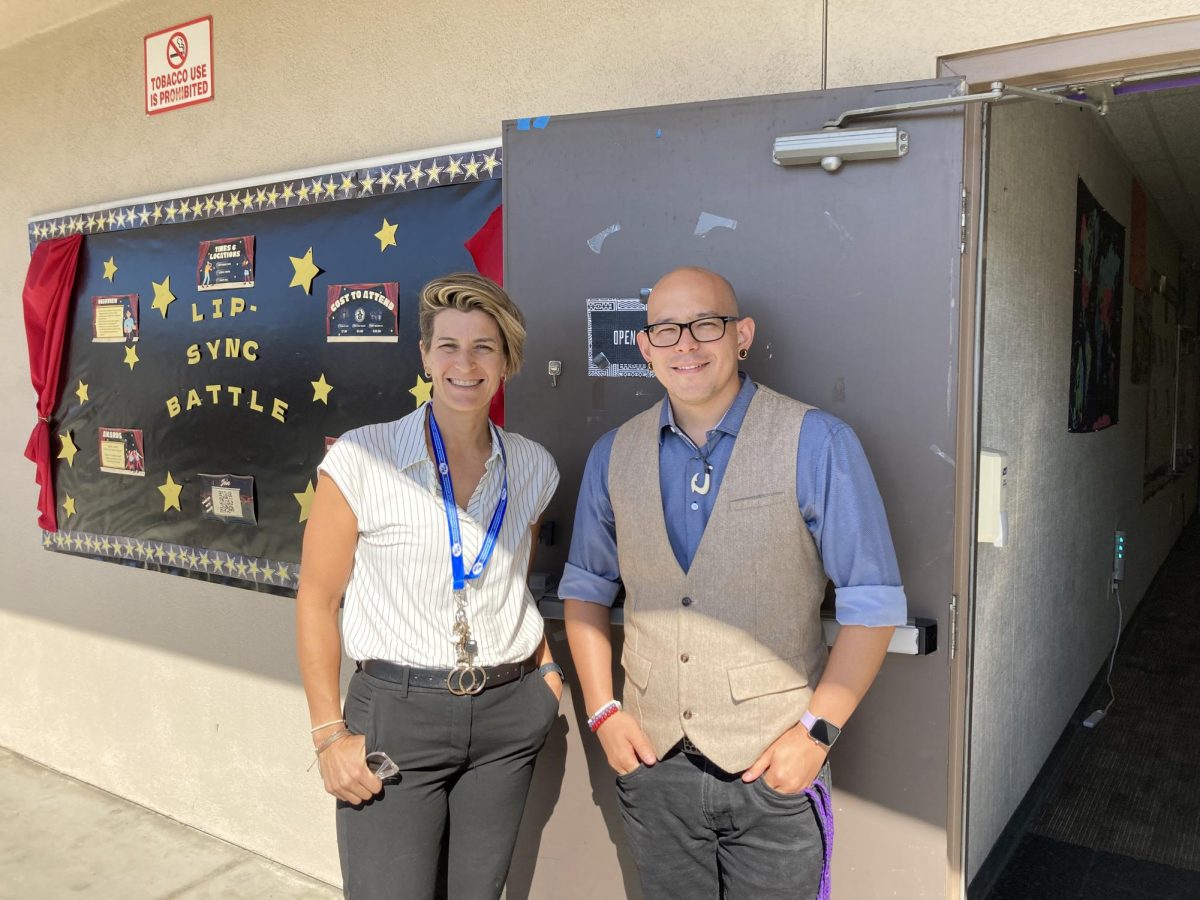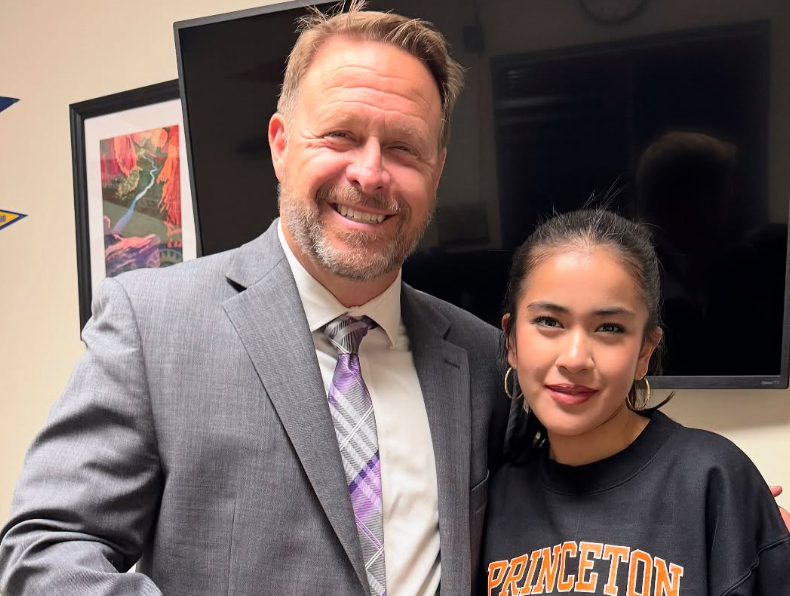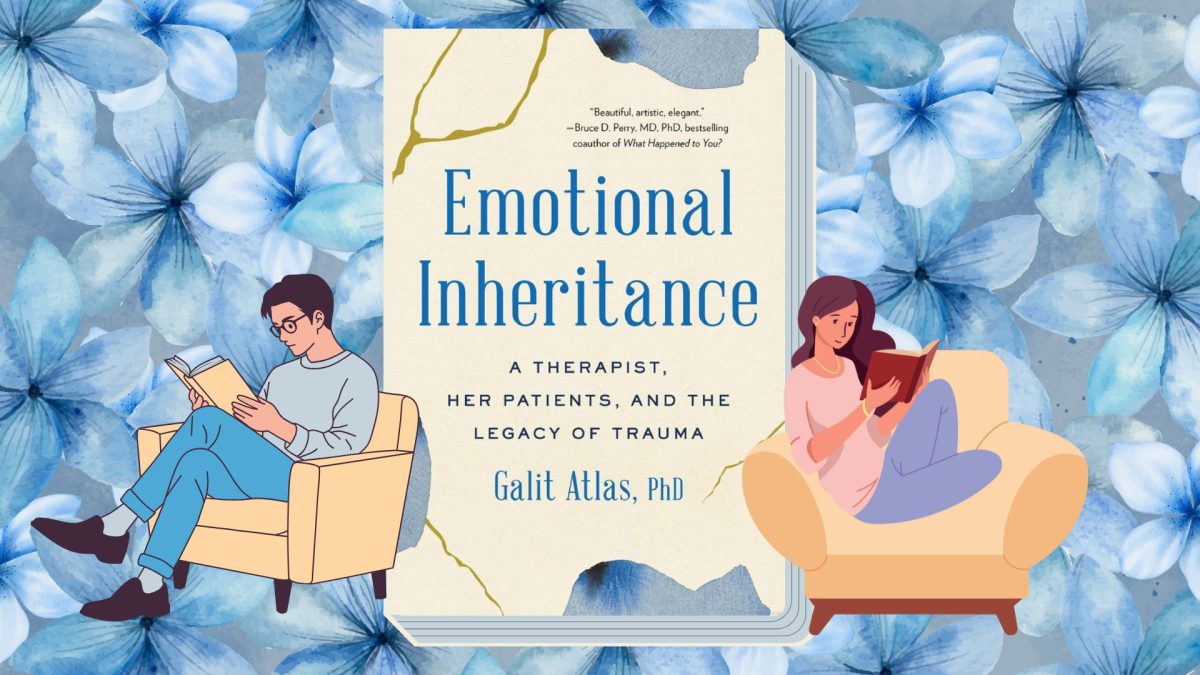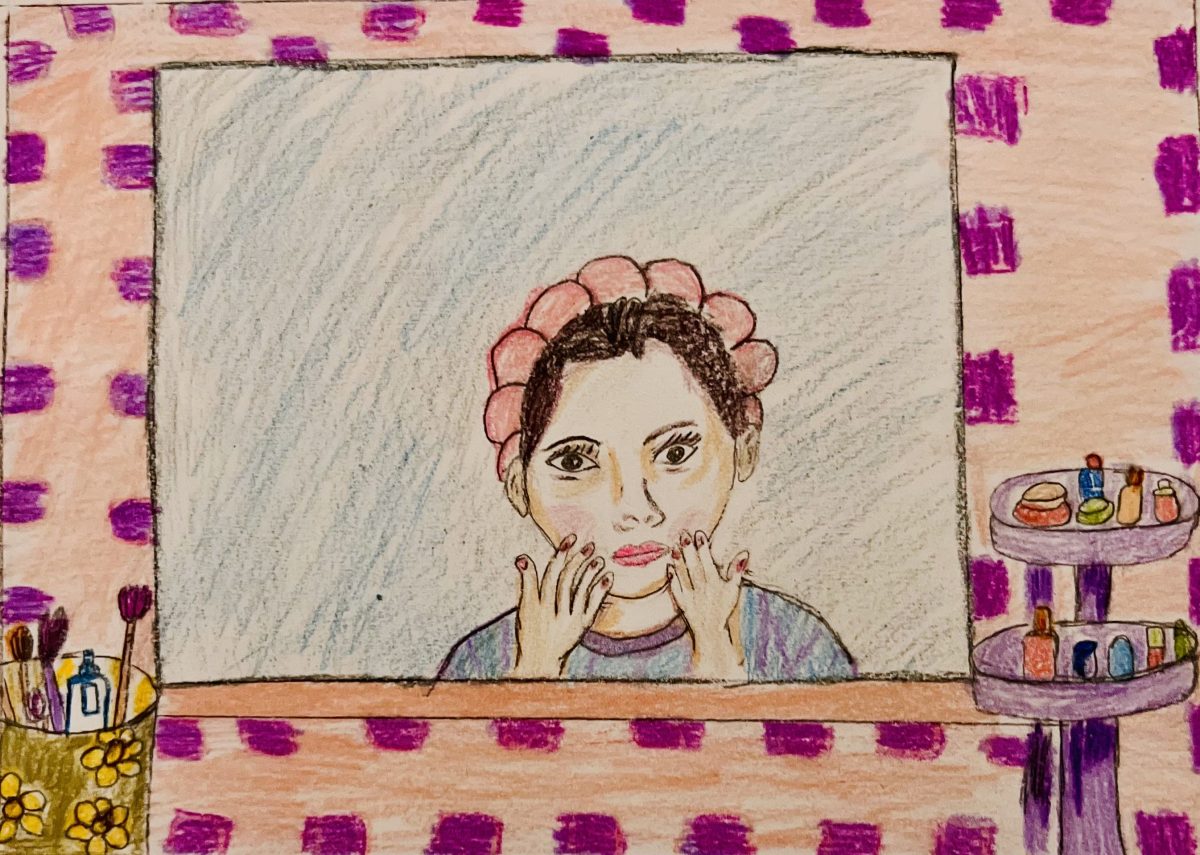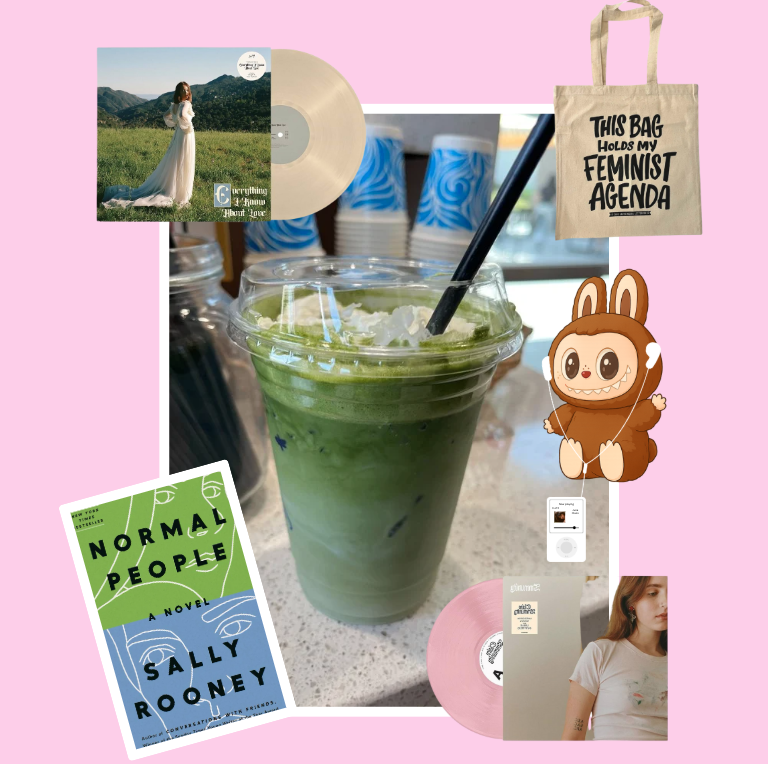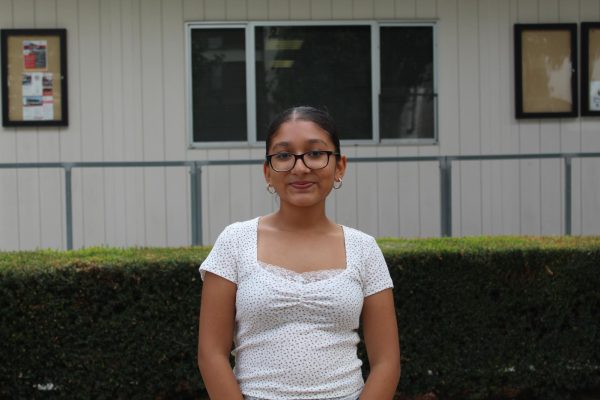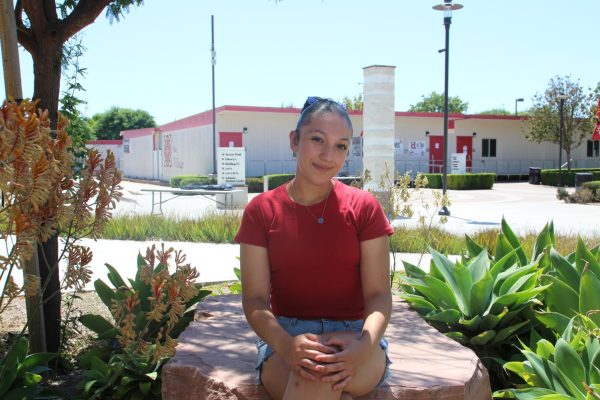Drunk Elephant D-Bronzi Drops for $38, Summer Fridays Lip Butter Balm for $24, and Glow Recipe Watermelon Toner for $35. Yet, as soon as the customer approaches the register to pay, the person handing over the credit card is a 10-year-old girl.
As we have seen, the rise of beauty products over the last few years and the rampant amount of pre-teen girls running around in Sephora leaves countless individuals wondering how much money women are truly investing into these products.
Studies within the past few years have shown that both the skincare and beauty industry are booming and producing over $90 million in revenue yearly, as women tend to spend more than $750 on their appearance, including skincare, makeup, and even cosmetic procedures. One trip to either Sephora or Ulta will carry a price tag of about $50 to $150.
Denise Bentacourt, an alumni of Cal State Fullerton, provides insight into her personal spending on beauty products.
“It’d be about $50 to $100 if it’s just skin care. Although with makeup, it’s usually not that often, but I could say I spend around $300 on makeup,” Bentacourt said.
Betancourt’s experience is not uncommon, as many people tend to find themselves spending significant amounts on skincare and makeup. This trend raises questions about the broader implications of why women feel the need to purchase beauty products and indulge in splurging.
As we’ve seen, brands play a significant role in influencing these spending habits. Popular skincare and makeup brands such as The Ordinary, CeraVe, Glossier, and E.L.F. use targeted marketing strategies to capture young womens’ attention. These consumers evaluate the principles of a brand not only based on price and quality but also on how well the brand aligns with their personal preferences and its reputation in the market. For instance, brands that use vibrant packaging or unique product forms often succeed in attracting consumers’ attention, leading to increased sales.
Janet Martinez, an alumni of Stanford University, shares her thoughts on consumer habits and brand alignment.
“I definitely gravitate towards brands that, you know, market themselves as more natural or like green. But I also tend to gravitate towards brands that are like, either minority founded or somehow give back to the community, which is extremely important to me. Additionally, I’ve also kind of been exploring more brands that are politically and socially aligned with my beliefs,” Martinez said.
Martinez’s careful selection of brands reflects a noticeable change in how people think about what they buy, challenging traditional Western beauty ideals. This mindset is a part of the growing trend where people prefer brands that focus on honest practices and more inclusive representations instead of old-school beauty norms. By choosing products that match their personal values, individuals like Martinez are helping to redefine beauty in a way that is more inclusive and socially aware. This change makes us wonder how Western beauty standards might need to evolve to better represent the diverse identities and values of today’s world.
“The Western ideals of beauty were pushed at me, or targeted towards me,” Martinez said.
These beauty ideals tend to impose narrow standards among both young girls and women. The societal expectation to maintain a specific look to be considered “pretty” can lead to discrimination based on factors like weight and skin shade. This can impact opportunities in work and education.
Ruby Navarro, a freshman at Santa Ana High School, shares her perspective on the pressures of beauty standards.
“I guess a lot of girls compare themselves when it comes to how beautiful someone is, and a lot of people will go a long way to change the way they look in order to fit the beauty standards,” Navarro said.
This pressure partly explains why many young girls and women invest heavily in beauty products, not just because they are appealing, but because they feel conditioned to conform to these beauty norms. Such patterns have become the norm, highlighting the influence of these standards on consumer behavior. By examining these trends, we can better understand how deeply ingrained beauty ideals shape decisions and impact lives.
“Well, definitely Eurocentric features are the pinnacle of beauty standards. Being so thin,” Bentacourt said.
In many societies, certain physical attributes have been idealized, often reflecting Eurocentric standards. These features typically include lighter skin tones, straight hair, slender body types, and specific facial structures such as narrow noses and high cheekbones. These established standards can create immense pressure for individuals who do not naturally possess these traits, influencing perceptions of beauty and self-worth. Although in recent years, the rise of social media has intensified this pressure, as platforms like TikTok and Instagram frequently showcase and perpetuate these beauty ideals. Social media not only amplifies these standards but also shapes consumer behavior by influencing purchasing decisions and redefining what is considered desirable in the beauty industry.
“Tiktok is definitely very influential. There’s something new dropping every day. So if I see something that I’m like, attracted to, I will purchase it,” Bentacourt said.
This highlights how social media not only perpetuates existing beauty ideals but also significantly impacts consumer behavior. We also see the effects of this media presence on young women and girls, who are growing up in a culture that emphasizes maintaining youthful appearances. Social media’s penetrating influence encourages these consumers to invest in beauty products as they navigate an environment saturated with idealized images and beauty standards.
As the cosmetic industry continues to thrive with its $90 million dollars in annual revenue, it’s clear that societal pressures and beauty standards play a significant role in shaping consumer behavior, especially among young girls and women. The sight of a 10-year-old girl purchasing high-end beauty products at the register underscores the early age at which these ideals take hold. This phenomenon prompts a broader discussion about the values we channel to future generations. Are we encouraging self-expression, or are we perpetuating a cycle of conformity to narrow beauty ideals?

